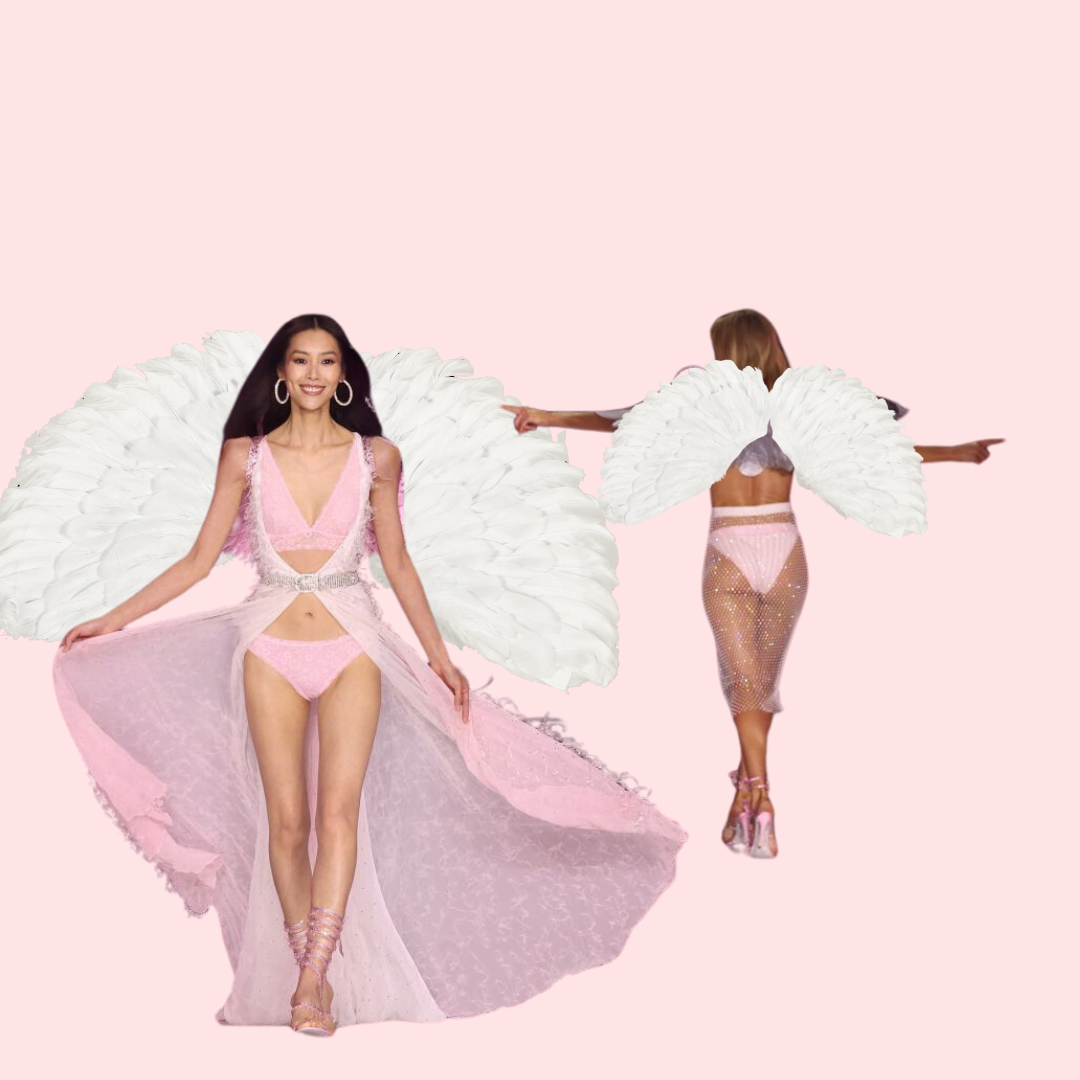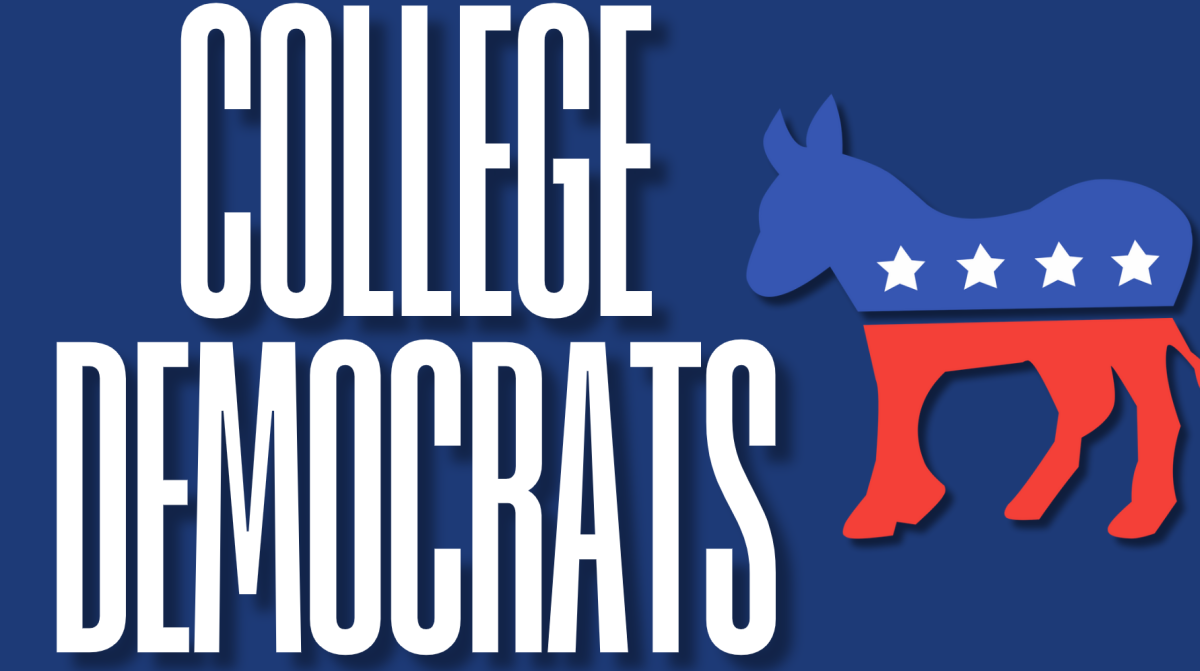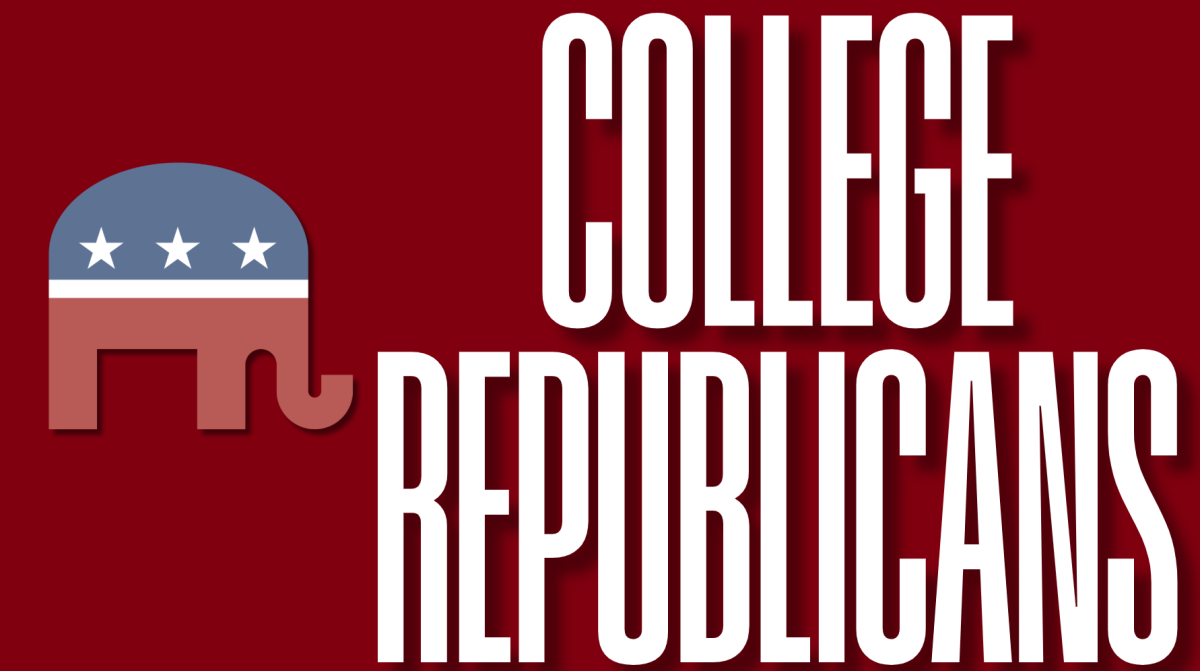After six years in hiding, the Victoria’s Secret Fashion Show returned with a new message: “the women hold the reins.” But even with a significantly more diverse group of models, this message felt inauthentic at best. Back in 2019, the show was canceled for a multitude of reasons, most prominently because Victoria’s Secret finally got called out for its problematic behaviors, visible in the show’s sinking viewership. The previous year, former marketing executive Ed Rezak had made some out-of-line comments, stating that transgender and plus size models had no place on their runway. On top of that, the CEO of Victoria’s Secret parent company, Les Wexner, was revealed to have had long-time ties with sex offender and alleged trafficker, Jeffrey Epstein. Overall, it’s clear Victoria’s Secret was absolutely not a company “for women” like they claim they are now — but is it really possible for them to come back from all of that?
Victoria’s Secret returned to their flashy visuals, seductive designs and, of course, extravagant wings for this year’s runway. But something about this year’s show felt somewhat lackluster, especially in comparison to past shows. The runway itself was bland, and the gaps from the moving platforms created problems when it came to the model’s stilettos. Many models carried a more serious tone, with much less excitement and crowd interaction than in previous years. Most notably, the wings took a serious plunge in terms of both quality and significance. Almost every single model on the runway had them, as well as performers LISA and Tyla, so those that didn’t felt like an afterthought. Some of the wings kept the grandeur of the classic Victoria’s Secret Angels, but many looked like they came from a cheap fairy costume from Amazon — wiry and flimsy, flopping around as the models attempted to strut normally. With this decline in quality, many viewers on social media were left longing for what once was, which was unhealthy and unethical. If they continue moving in this direction, it will be no surprise if, in the future, Victoria’s Secret pulls away from this inclusive casting and excuses it by citing the backlash from this show. All in all, most of the changes made, besides the casting, were for the worse, and it still did not really look like a show for empowering women.
The signature finale with all of the models was led by Tyra Banks, returning after 20 years away from the runway. Though at a glance she might seem like the cherry-on-top of this inclusivity showcase, Banks is far from a body-positive role model. As the creator, producer and host of “America’s Next Top Model” from 2003-18, Banks, along with other judges, ruthlessly body shamed contestants. Anyone above a size zero was considered “plus-sized,” and more often referred to as “fat” or “huge.” She constantly tore women down and, in turn, hurt a large audience of young women who internalized these comments. Though the show is over and she delivered a halfhearted apology on X, saying, “those were some really off choices,” it is ignorant and inconsiderate to so many women to put her on a pedestal for a show that’s supposed to be all about uplifting women. By closing with Banks, Victoria’s Secret is showing that they are not truly committed to this “women first” message, but simply checking the necessary boxes to patch their shattered reputation.
To truly change the culture of this show, Victoria’s Secret needs to take a holistic approach to their changes. While they modernized the cast, they also tried to repeat exactly what they used to do in the show, which didn’t translate to this modern era. The entire show needs to be revamped, and if they want to make it a show that’s actually for women, they need to listen to women about what they want to see and how they want to feel from this fashion show. When it comes to casting, it is great that they added more models of color, plus-sized models, gender queer models and models of various ages. However, they still need to be conscious about casting and choose models that exemplify their values, not just models that check a diversity box.
Molly O’Conner, FCRH ’28, is a journalism major from Weymouth, Mass.










































































































































































































